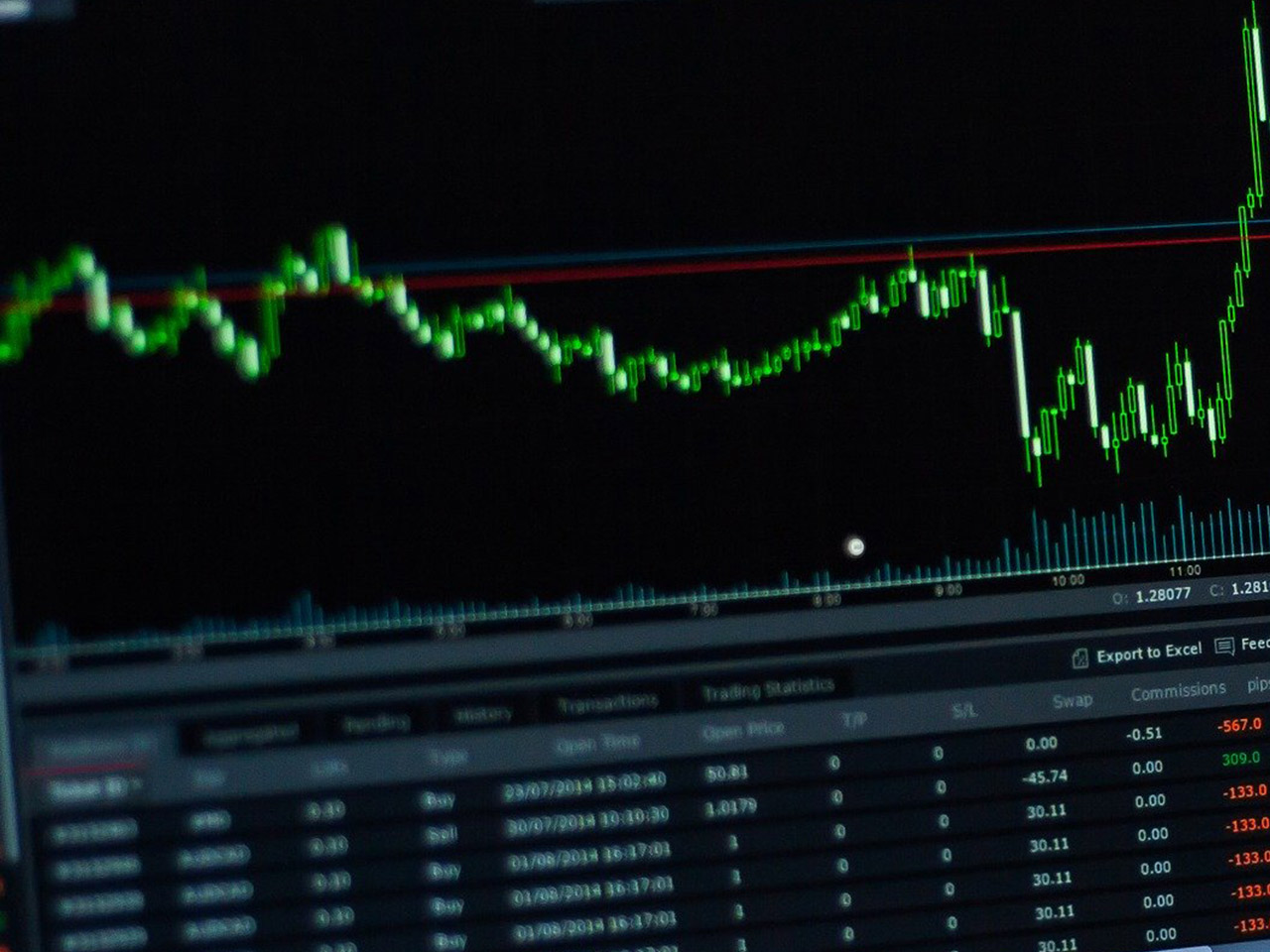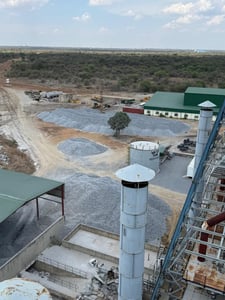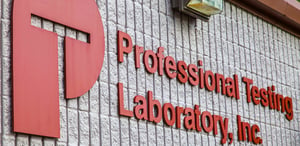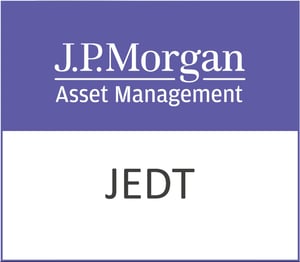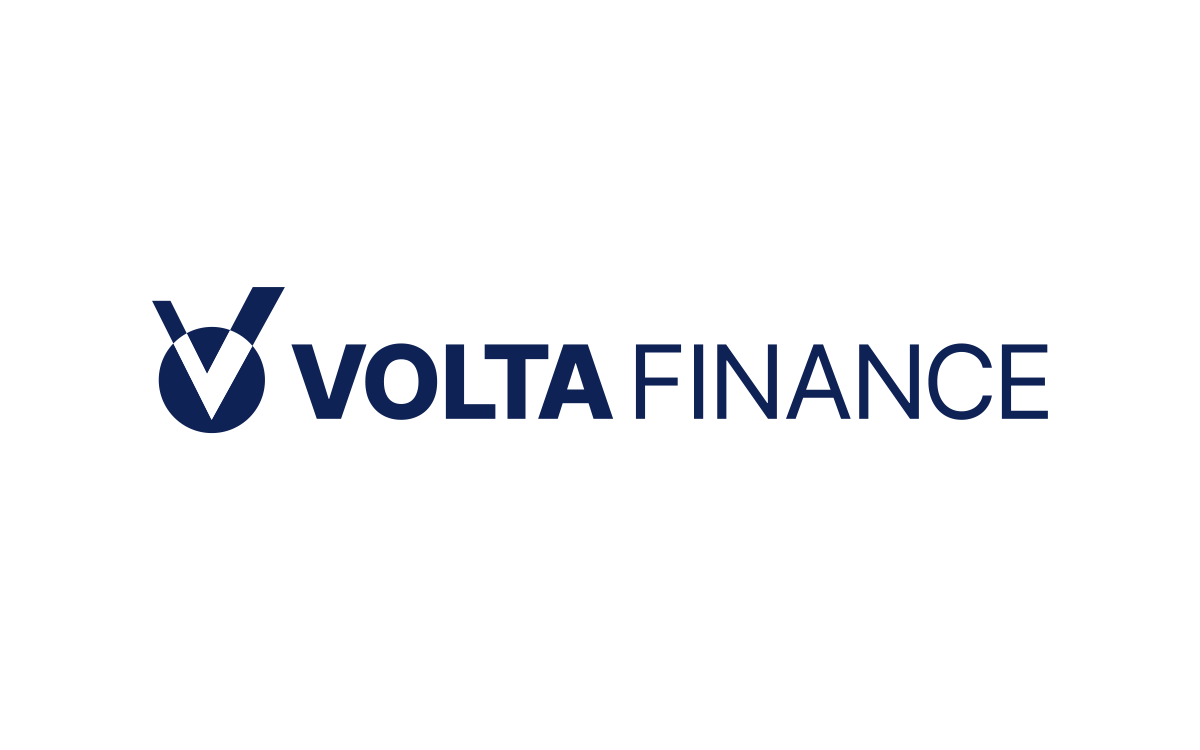Aviva plc (AV.L), a stalwart in the diversified insurance industry, continues to carve its niche as a formidable player in the financial services sector. Headquartered in London, Aviva has a rich history dating back to 1696, and today it services customers across the United Kingdom, Ireland, Canada, and beyond with its comprehensive suite of insurance, retirement, and wealth products.
With a market capitalisation of $20.51 billion, Aviva’s current share price stands at 675 GBp, hovering near its 52-week high of 678.60 GBp. This suggests a stable investor confidence despite the challenging macroeconomic environment. The stock has shown resilience, with a 52-week range from 453.10 to 678.60 GBp, indicating a robust recovery trajectory.
Analysts are divided with nine buy ratings and four holds, and the stock has garnered no sell ratings, reflecting a generally favourable outlook. However, the average target price of 671.69 GBp suggests a potential downside of -0.49%, signalling that the market may have already priced in much of Aviva’s current growth prospects.
One of the standout features of Aviva’s financial performance is its revenue growth rate of 14.00%, a commendable figure that underscores the company’s strong operational capabilities and market presence. However, the absence of a trailing P/E ratio and other valuation metrics like Price/Book and Price/Sales might raise questions about the stock’s pricing in relation to its earnings and book value. More striking is the forward P/E ratio of 1,124.16, which invites scrutiny and suggests investor expectations of significant future growth or possibly the influence of extraordinary items affecting earnings.
Aviva’s dividend yield of 5.47% is notably attractive, especially in an era where income-seeking investors are hard-pressed to find high-yielding options in the market. Yet, the payout ratio of 160.81% could be a red flag, hinting that the company is distributing more in dividends than it earns, a situation that could be unsustainable in the long term unless offset by strong future earnings growth.
The company’s return on equity stands at 9.70%, a signal of its efficiency in generating profits from shareholders’ equity. However, the negative free cash flow of -1,051,625,024.00 pounds indicates potential liquidity challenges, which could impact its dividend sustainability and future investment capabilities.
From a technical perspective, Aviva is trading above its 50-day and 200-day moving averages, at 652.55 GBp and 569.73 GBp, respectively, indicating a bullish trend. However, a Relative Strength Index (RSI) of 35.73 suggests that the stock is approaching oversold territory, which could imply a near-term buying opportunity for investors anticipating a rebound.
As Aviva continues to innovate and expand its product offerings, the company’s strategic emphasis on digital transformation and customer-centric solutions positions it well for future growth. Investors should monitor Aviva’s ability to convert its ambitious growth plans into tangible financial outcomes, particularly in managing its free cash flow and maintaining its dividend policy.
This comprehensive suite of financial data provides a multifaceted view of Aviva’s current standing and future potential. While the stock presents certain risks, particularly in terms of valuation and cash flow, the combination of strong revenue growth, a solid dividend yield, and a strategic market positioning make Aviva an intriguing prospect for investors looking to capitalise on the long-term growth potential of the insurance sector.


